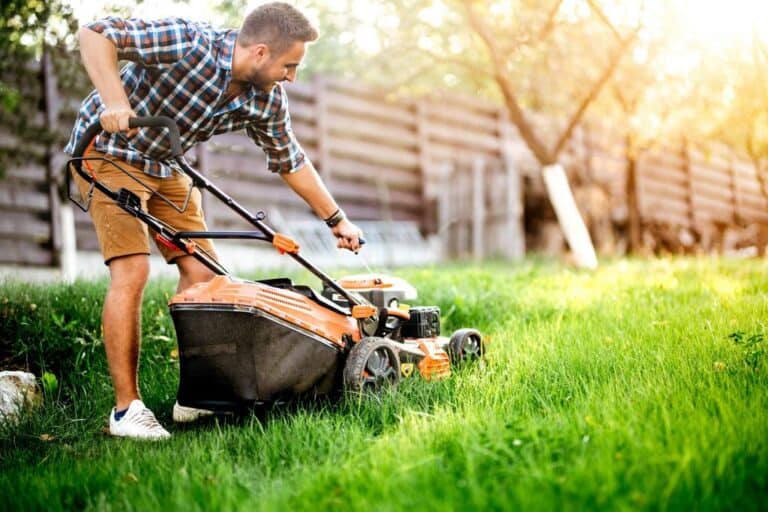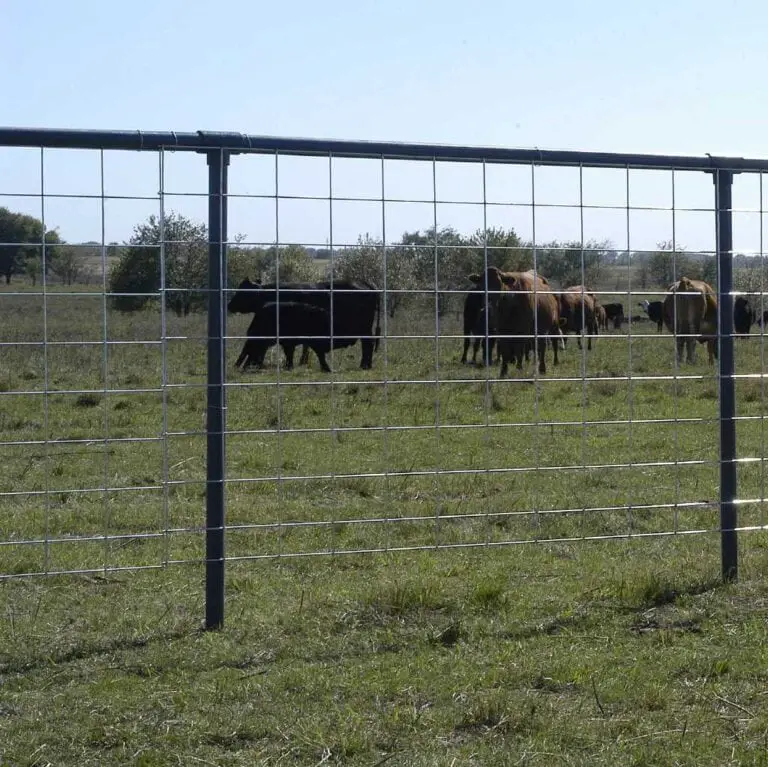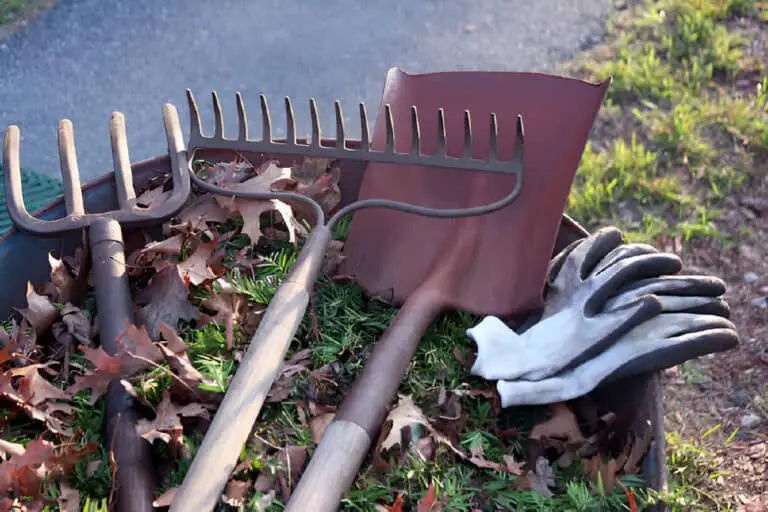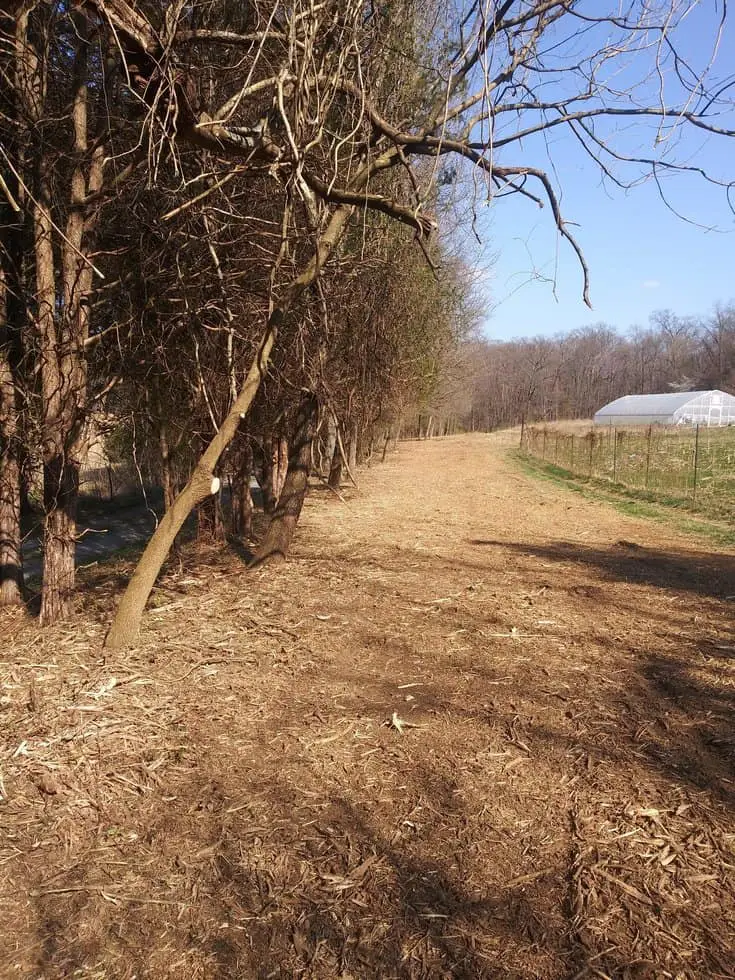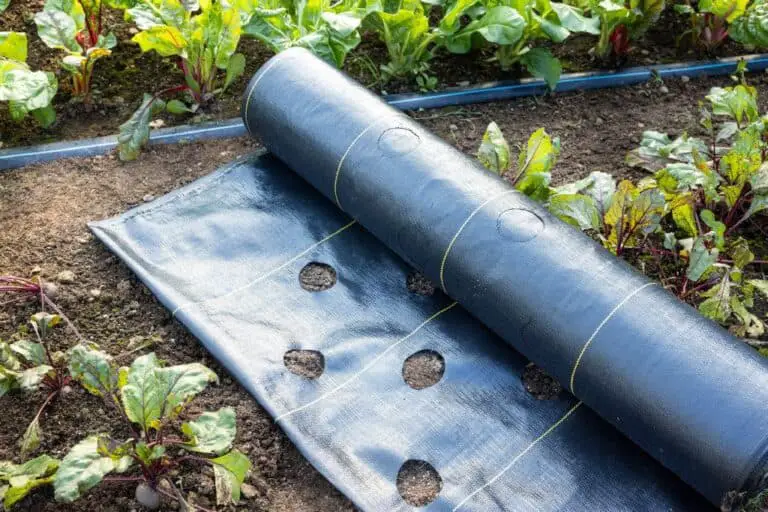How to Cut Aloe Vera Plant Safely without Killing It

Gardeners, plant lovers, and people who own aloe vera have all loved its soothing gel and many healing qualities for a long time. But the process of harvesting is very important if you want to get the most out of this adaptable succulent. You should not harm the plant when you collect the valuable leaves. You should also aim to get the most health and skin benefits from them.
When you learn how to carefully cut the aloe vera leaves of their plants, you’ll find a world where sharp scissors are just as important as gentle care. No matter how experienced you are as a gardener or how new you are to aloe vera, you need to learn how to gather it properly.
With every snip and trim, you improve your farming skills and learn when the best time is to pick those full leaves.
So let’s go over seven important tips for safely collecting aloe vera plants. Because the real magic of these organic treasures is waiting to be unlocked when you treat them with care.
Brief Overview of the Benefits of Aloe Vera Plants
Aloe vera plants are famous for their many health and skincare benefits. This has made them popular in homes and gardens worldwide. Here’s a brief overview of the benefits of aloe vera plants:
- Skincare: Aloe vera gel is rich in vitamins, minerals, and antioxidants that soothe and hydrate the skin. It can be applied topically to treat sunburns, cuts, insect bites, and various skin conditions such as acne and eczema.
- Haircare: Aloe vera is good for the hair and scalp. It promotes hair growth, reduces dandruff, and moisturizes dry, brittle hair. It can be used as a natural conditioner or added to homemade hair masks and shampoos.
- Digestive Health: Aloe vera juice or gel can support digestive health. It can ease indigestion, constipation, and irritable bowel syndrome (IBS). Aloe vera contains enzymes that aid in digestion and promote regular bowel movements.
- Immune Support: Aloe vera is thought to boost the immune system. This is due to its high content of polysaccharides and other bioactive compounds. Regular consumption of aloe vera juice may help strengthen the immune system and ward off infections.
The Importances of Cutting Aloe Vera Plant Properly

Properly cutting an aloe vera plant is essential to maintaining its health and promoting optimal growth. When done correctly, cutting allows the plant to regenerate and thrive. Here’s why cutting an aloe vera plant properly is crucial:
Firstly, cutting helps remove dead or damaged leaves, which can hinder the plant’s growth and appearance. Trimming away these leaves encourages new growth and prevents the spread of diseases or pests that may affect the plant.
Additionally, cutting allows for propagation. It lets gardeners create new plants from existing ones. By carefully cutting off a healthy leaf and planting it in well-draining soil, gardeners can grow new aloe vera plants easily. They can expand their collection or share it with others.
Cutting also promotes the production of aloe vera gel. This gel is the plant’s prized medicine. When a leaf is cut open, we can harvest the gel inside for its many health and skincare benefits. These include soothing sunburns, moisturizing skin, and treating minor cuts and burns.
Why Is Timing the Key to Cutting Aloe Vera?
You must harvest aloe vera at the right time. This is crucial to get its benefits. The optimal time to harvest aloe vera leaves is in the morning when the plant is well-hydrated and packed with nutrients. Avoid harvesting during very hot or very cold weather. This can impact the gel’s quality.
By selecting the right time of day for cutting aloe vera, you not only preserve its nutrient content but also support the plant’s overall health.
Imagine picking your aloe vera plant in the hot midday sun. You find that the leaves are dry and lack their usual moisture. You can make sure that every leaf of your aloe vera is full of its natural healing properties by being careful about when you pick it. For example, if you wait until the next morning after rain, the plant will have soaked up lots of water. The leaves will be plumper and full of nutrients.
Time your harvest right. Also, consider factors like temperature and sunlight. They could affect your aloe vera plant’s health. Think of it as picking fruits at peak ripeness – you want to catch your aloe vera leaves at their prime to maximize their potency.
Preparing for Harvest
Before you dive into the rewarding task of harvesting your aloe vera plant, take a moment to prepare well. Start by closely inspecting your plant for signs that indicate the readiness of its leaves for harvest. Look for mature leaves. They are thick and vibrant. These are the best ones to snip for their healing properties.
To get the best leaves and make cutting easy, you must hydrate your aloe vera plant before starting to harvest it. Just like us, plants need hydration for plumpness and vitality. So, give your plant water a day or two before you plan on harvesting its leaves. This will make the leaves easier to cut and improve their quality.
As you gear up to harvest your aloe vera, don’t forget about your own safety too! The size and sharpness of the leaves determine the need for gloves. They protect your hands from potential scrapes or allergies.
Selecting the Right Tools
To safely harvest your beloved aloe vera, you need the right tools. They are crucial for keeping it healthy. Opt for sharp scissors or a knife to ensure clean cuts without tearing the plant’s leaves. Imagine giving your aloe vera a neat haircut rather than a ragged trim – precision matters! Not only does this approach keep your plant looking tidy, but it also aids in faster healing and regrowth.
Before embarking on your harvesting journey, take a moment to clean and sterilize your tools. Think of it as preparing for surgery (but much less scary!). Cleanliness is key. It prevents infections that could harm both your plant and you. Use sanitized equipment. It cuts risks and paves the way for a successful harvest with no complications.
Buying the right tools isn’t just about convenience. It’s about ensuring your aloe vera gets the care it deserves. Picture using blunt scissors versus sharp ones on your hair – the difference is noticeable! Make that effort to choose quality tools. They play a big role in yielding cleaner cuts. Clean cuts aid in healing and plant well-being.
How to Cut Aloe Vera Plant Safely
Safely cutting an aloe vera plant is key. It ensures little harm to the plant and less risk of injury to you. Here’s a step-by-step guide on how to cut an aloe vera plant safely:
- Gather Your Supplies. Before you begin, gather the needed supplies. These include a sharp knife or scissors, a clean cutting board, and gloves. They protect your hands from the sharp edges of the aloe vera leaves.
- Select the Leaf: Choose a mature, healthy leaf from the outermost part of the plant for cutting. Look for a leaf that is thick and plump, indicating that it is full of gel.
- Prepare the Leaf: Carefully rinse the selected leaf under cool, running water to remove any dirt or debris from the surface. Pat the leaf dry with a clean towel to ensure it is clean and dry before cutting.
- Cut the Leaf: Using a sharp knife or pair of scissors, make a clean cut as close to the base of the leaf as possible. Avoid cutting too close to the plant’s base, as this can damage the remaining leaves and stem.
Follow these steps. You can safely cut an aloe vera plant to harvest its gel. You can use it to soothe sunburns, moisturize skin, and treat minor cuts and burns. Remember to handle the plant with care and always use sharp tools to ensure a clean cut and minimize damage to the plant.
Post-Harvest Aloe Vera Care
After harvesting aloe vera leaves, it’s essential to give them proper care. This care is needed to keep their quality and potency. One key recommendation is to wash the harvested leaves with water. This will remove any dirt or residue. They may have gotten on the leaves when they were cut. This step ensures that your aloe vera gel stays pure and free from contaminants. It is ready for use in applications like skincare or home remedies.
To store harvested aloe vera leaves well, put them in a breathable container like a paper bag or a perforated plastic bag. Storing them in the fridge can help them last longer. It will also keep their beneficial properties. Remember to label the container with the harvest date. Discard any spoiled leaves to prevent them from spoiling the whole batch.
Providing post-harvest nourishment is key. It promotes healthy regrowth and maintains your aloe’s vigor. Consider giving your aloe vera enough sunlight after harvesting. Natural light is vital for photosynthesis. This process is crucial for plant growth.
Also, water your plant based on its needs. Avoid overwatering, which can cause root rot. After harvesting aloe vera leaves, follow these simple care tips. They support your aloe vera continued well-being after cutting.
Avoiding Common Mistakes
Harvesting aloe vera plants can be a joy. But, common mistakes often cause harm. To harvest aloe vera plants successfully, you must avoid common mistakes. These mistakes can hinder their growth and potency. Here are some tips to help you steer clear of these pitfalls:
- Avoid Over-Cutting: Harvest only a few outer leaves at a time to prevent depleting the plant’s vitality. Over-harvesting can weaken the plant. It hinders its ability to grow back. So, be careful when harvesting aloe vera leaves.
- Proper Storage: After harvesting, store the leaves in an airtight container in a cool, dry place. This keeps their strength over time. It ensures that you can enjoy aloe vera’s benefits for longer.
- Post-Harvest Care: After harvesting, care for your aloe vera plant well. Water it and give it enough sunlight. This helps the plant recover from harvesting. It ensures its health and vitality.
- Cutting Technique: When harvesting aloe vera leaves, avoid cutting too close to the base of the leaf. This can impede new growth and reduce the plant’s ability to regenerate quickly. Instead, cut the leaves at a reasonable distance from the base to promote healthy growth.
Follow these tips. They will help you safely harvest aloe vera plants and get the most benefits from them. Following the tips won’t hurt the plants’ health or longevity. Remember, good harvesting is key. It keeps aloe vera plants thriving and full of healing properties. Tend to your plants with care. Then, you can enjoy aloe vera’s benefits while keeping your plants healthy.


